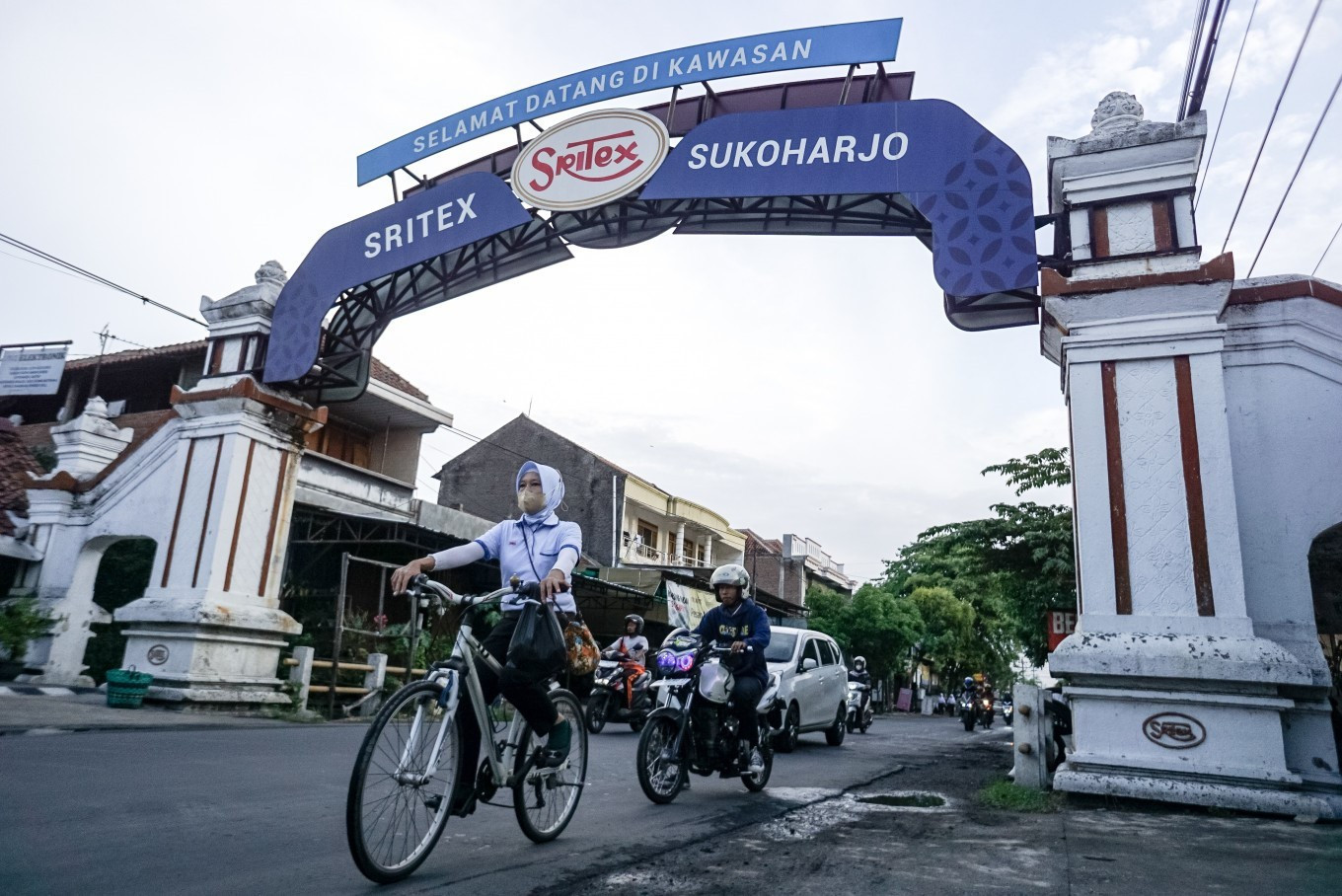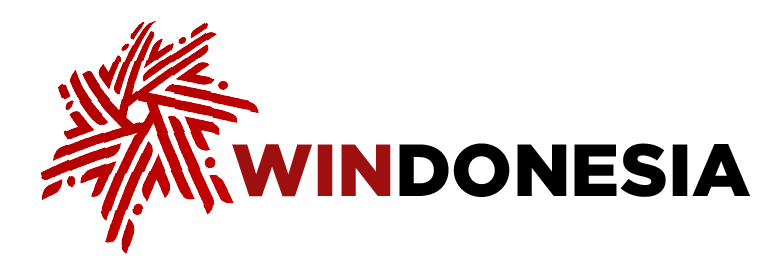News
Fraud cases at BPDs set major setback for the banking industry
Tenggara Strategics June 5, 2025 Workers leave a PT Sri Rejeki Isman (Sritex) factory in Sukoharjo, Central Java, on Oct. 24, 2024. (Antara Foto/Mohammad Ayudha)
Workers leave a PT Sri Rejeki Isman (Sritex) factory in Sukoharjo, Central Java, on Oct. 24, 2024. (Antara Foto/Mohammad Ayudha)
A series of corruption and fraud cases have been uncovered at several regional development banks (BPDs), including Bank Jabar dan Banten (BJB), Bank DKI Jakarta, Bank Jatim and Bank Jateng. These cases involve practices such as side streaming, fictitious debtors, hidden debtors and document forgery, resulting in losses amounting to trillions of rupiah. The revelations have raised serious concerns about weak corporate governance in the BPD sector.
Most recently, the Attorney General’s Office arrested Iwan Setiawan Lukminto, former chief commissioner of the now-bankrupt PT Sri Rejeki Isman (Sritex), naming him a suspect in a corruption case. Also implicated were Zainuddin Mappa, former president director of Bank DKI, and Dicky Syahbandinata, former head of the corporate and commercial division at Bank BJB.
Zainuddin and Dicky were accused of disbursing loans to Sritex in 2020 of Rp 543.98 billion (US$33.33 billion) from BJB and Rp 149 billion from Bank DKI, without collateral. The loans turned non-performing and were never repaid until Sritex’s bankruptcy in October of last year. These loans were part of a broader Rp 3.5 trillion in unpaid syndicated loans to Sritex, which also involved Bank BNI, Bank BRI and the Indonesia Eximbank (LPEI).
In addition to the flawed lending process, Sritex allegedly misused the loans it received. Though the funds were meant to support working capital, the textile firm reportedly used them to refinance its mounting debts and possibly to purchase non-productive assets.
For context, Sritex recorded a net profit of US$85 million in 2020. However, starting in 2021, the company experienced a dramatic downturn, posting a substantial loss of $1.074 billion. During this period, its cash ratio plunged from 47 percent to just 0.55 percent, reflecting dire performance, with cash and cash equivalents fell by 93 percent, while current liabilities tripled. By the time Sritex was declared bankrupt in October 2024, its total debt was estimated at Rp 19.9 trillion.
Bank BJB is also entangled in another corruption case involving media advertising budgets from 2021 through 2023. The case allegedly caused financial losses of Rp 222 billion, due to discrepancies between the agency's actual media placement payments and the amounts paid by BJB, totaling Rp 409 billion. Moreover, the procurement process was reportedly marred by covert agreements to award contracts to predetermined media outlets. The Corruption Eradication Commission (KPK) has named five suspects for the case and searched the residence of former West Java governor Ridwan Kamil.
At Bank Jatim, a corruption case involving fictitious credit totaling Rp 569.4 billion at its Jakarta branch led to the replacement of its CEO. Shareholders, especially the East Java local government, appointed Winardi Legowo from state-owned Bank Mandiri as the new CEO. The case centered on loans issued to construction firms PT Inti Daya Group and PT Indi Daya Rekapratama, backed by fabricated invoices purportedly from state-owned enterprises (SOEs) to create the appearance of contractual agreements. Four individuals, including the Jakarta branch head Benny and directors of the involved companies, have been detained.
Bank Jatim, one of the largest BPDs, reported a net profit of Rp 1.28 trillion in 2024, with credit growth reaching 16.98 percent, well above the industry average of 10.39 percent.
Corruption cases across several BPDs reveal recurring violations of key prudent banking practices. According to a KPK analysis of fraud samples from BPDs between 2013 and 2023, common schemes include side streaming, fictitious debtors, hidden debtors and forged documents. Additional cases involve unsecured loans granted to politicians. Between 2015 and 2024, for instance, BPDs extended Rp 20.86 billion in loans to regional councilors.
The banking industry fundamentally relies on prudence to safeguard depositor trust and generate sustainable profits. If BPDs continue to neglect responsible credit extension practices, they risk not only compromising their own operations but also eroding the integrity and stability of the national banking sector.
What we've heard
According to several sources, the suspected state losses in the disbursement of credit to Sritex stem from the provision of improper loans. One of the methods used was the manipulation of documents to make it appear as though Sritex's assets were unlimited and could be seized at any time in the event of default. Another issue was that Sritex's financial statements consistently reported profits, which did not reflect the actual condition of the company.

